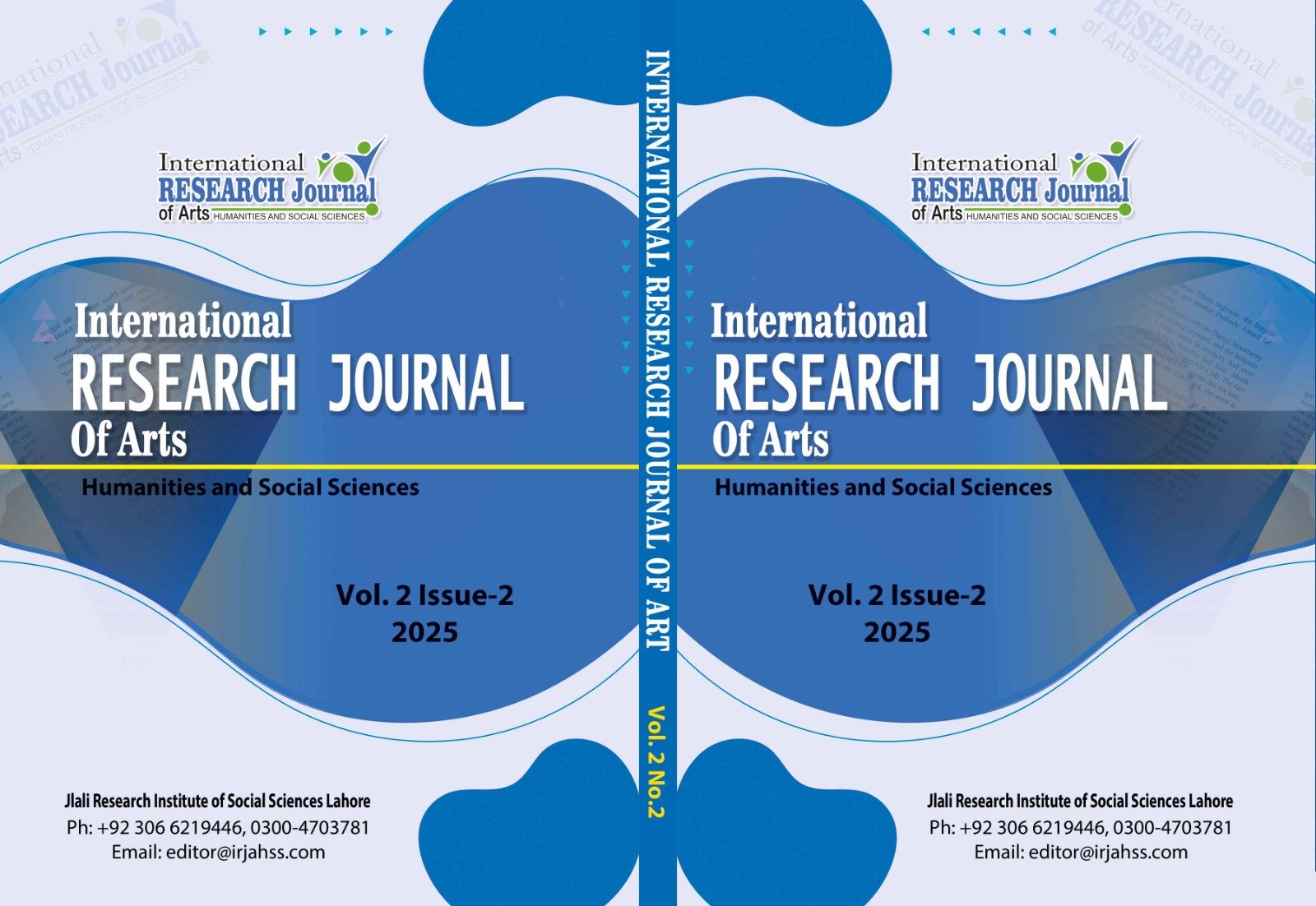A Critical Genre Analysis of Writ Petitions
Keywords:
Writ Petitions, Critical Genre Analysis, Linguistic features, Textual Perspective, Interdiscursivity, IntertextualityAbstract
This study examined the genre of writ petitions from a textual perspective by using the Critical Genre Analysis framework by Vijay Kumar Bhatia (2017). The data consisted of 30 writ petitions collected from different lawyers from High Court Muzaffarabad and Supreme Court Azad Jammu and Kashmir through purposive sampling. The study used a mixed-method approach as it examined the structure of writ petitions as well as the usage of recurrent linguistic features. It also highlighted the functions of interdiscursivity and intertextuality in writ petitions. The study analyzed the structure of writ petitions, identifying six obligatory moves and their related sub-moves. These moves include Introduction with optional sub-move of Writ Petition Number, Jurisdiction, Statement of Facts, Grounds for Filing a Writ Petition, Conclusion, and Supporting Documents. While Introduction, Jurisdiction, Statement of Facts, and Conclusion had obligatory sub-moves, Grounds for Filing a Writ Petition and Supporting Documents did not require further sub-moves. Exploring the pattern in which the writ petition was written, the analysis explored what linguistic features were specific and recurrent in this genre. Notably, the use of legal terminology, Latin terms, borrowed vocabulary, passive voice, compound-complex sentences and discourse markers was prevalent. Modal verbs like "shall," "may," and the conjunction "that" recurred frequently. In addition to that three forms of intertextuality such as referential, functional and generic intertextualities were found. There was the account of fusing different texts, or styles that were referred to as interdiscursivity. Intertextuality and interdiscursivity created cohesion and established the contexts. The outcomes of the study will be helpful for the members outside of the discourse community to understand the conventions of the genre of writ petitions.
Downloads
Downloads
Published
Issue
Section
License
Copyright (c) 2025 International Research Journal of Arts, Humanities and Social Sciences

This work is licensed under a Creative Commons Attribution 4.0 International License.
Disclaimer: The International Research Journal of Arts, Humanities and Social Sciences (IRJAHSS) upholds the principles of open access, ensuring unrestricted access to scholarly content to foster the sharing and advancement of knowledge. The opinions expressed in the articles solely belong to the authors and do not necessarily reflect the views or policies of the journal's editorial team, editorial board, advisory board or research institute.






